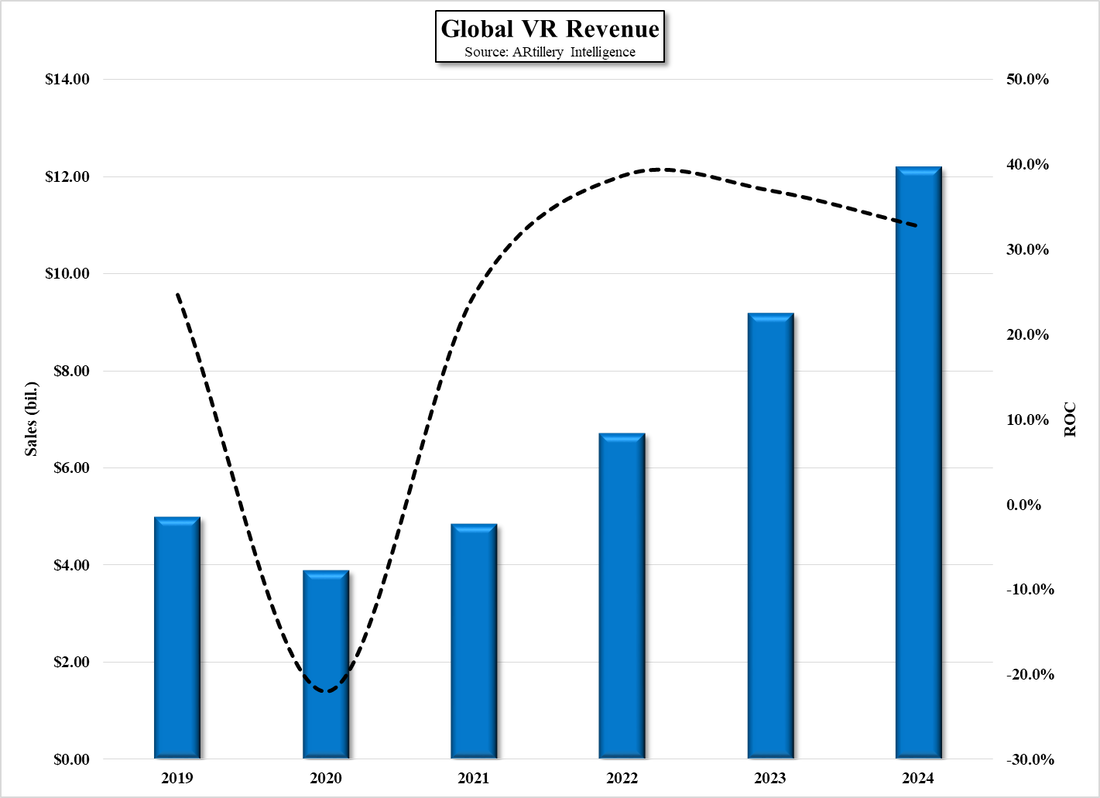Tab or Laptop?Samsung (005930.KS) is having a Galaxy ‘Unpacked’ event of February 9 during which they are expected to release their new line of Galaxy tablets, which have been leaked ‘accidentally’ or otherwise to a number of locations. What makes this tablet series different than previous models is the addition of an ‘expected’ 14.6” model that would further blur the lines between tablets and laptops. While full specs have not been released officially price was posted for a short while on the Amazon (AMZN) site in France, which translated into $1,307 US for the Wi-Fi only model and $1,475 for the 5G model. For reference the smaller (11”) Galaxy Tab S7 tab originally sold for $650 while the Galaxy S7+ (12.4”) originally sold for $849, so there is a fairly large price gap between the smaller versions, should they remain at the same price as last year’s models and the larger version this year, putting the new tablet model in the same price range as Samsung’s Galaxy Book Pro line, which has a 13.3” model and a 15.6” model selling for similar prices. More to come next week…
0 Comments
Good News – Coal |
AuthorWe publish daily notes to clients. We archive selected notes here, please contact us at: [email protected] for detail or subscription information. Archives
May 2025
|


















 RSS Feed
RSS Feed